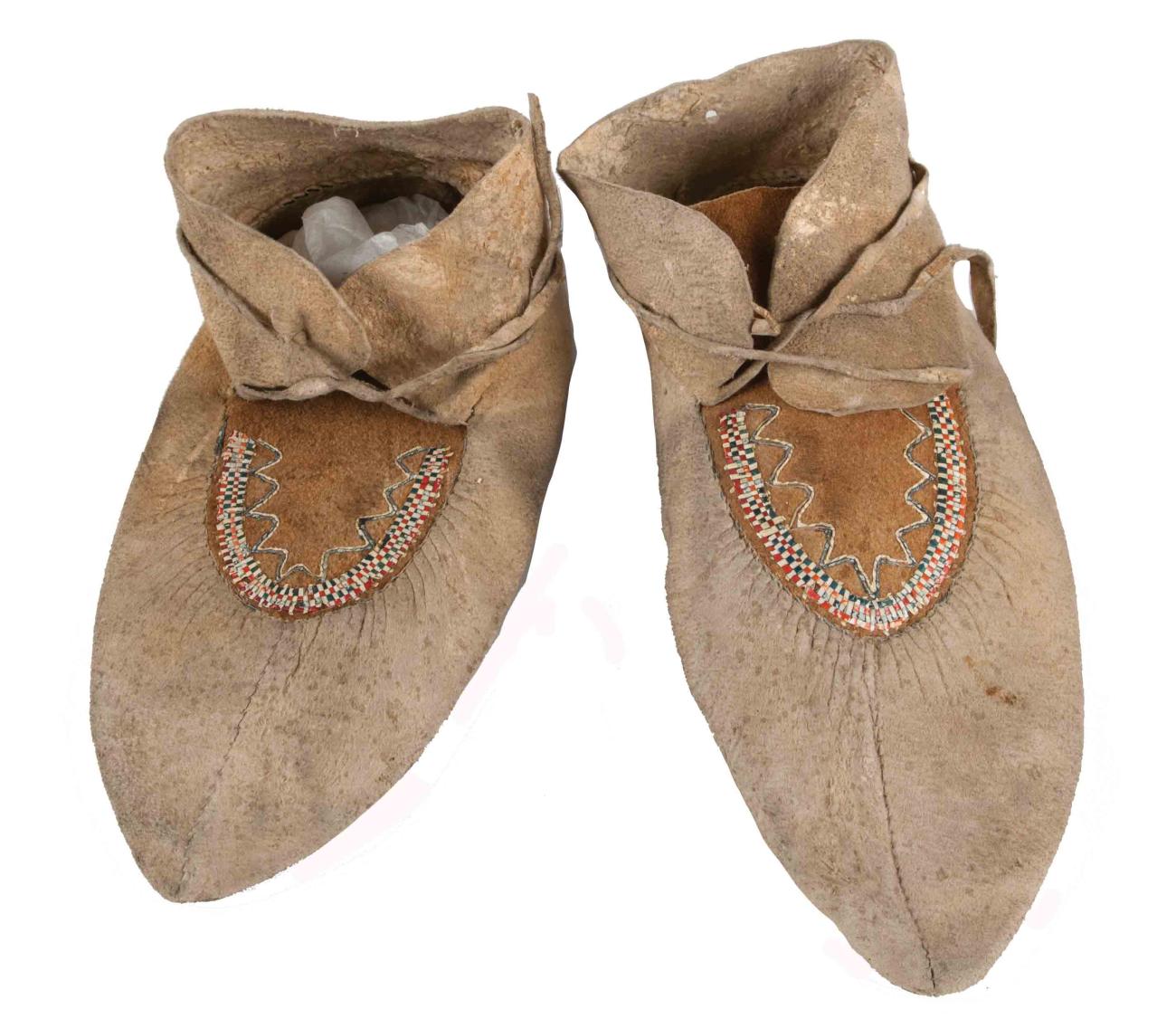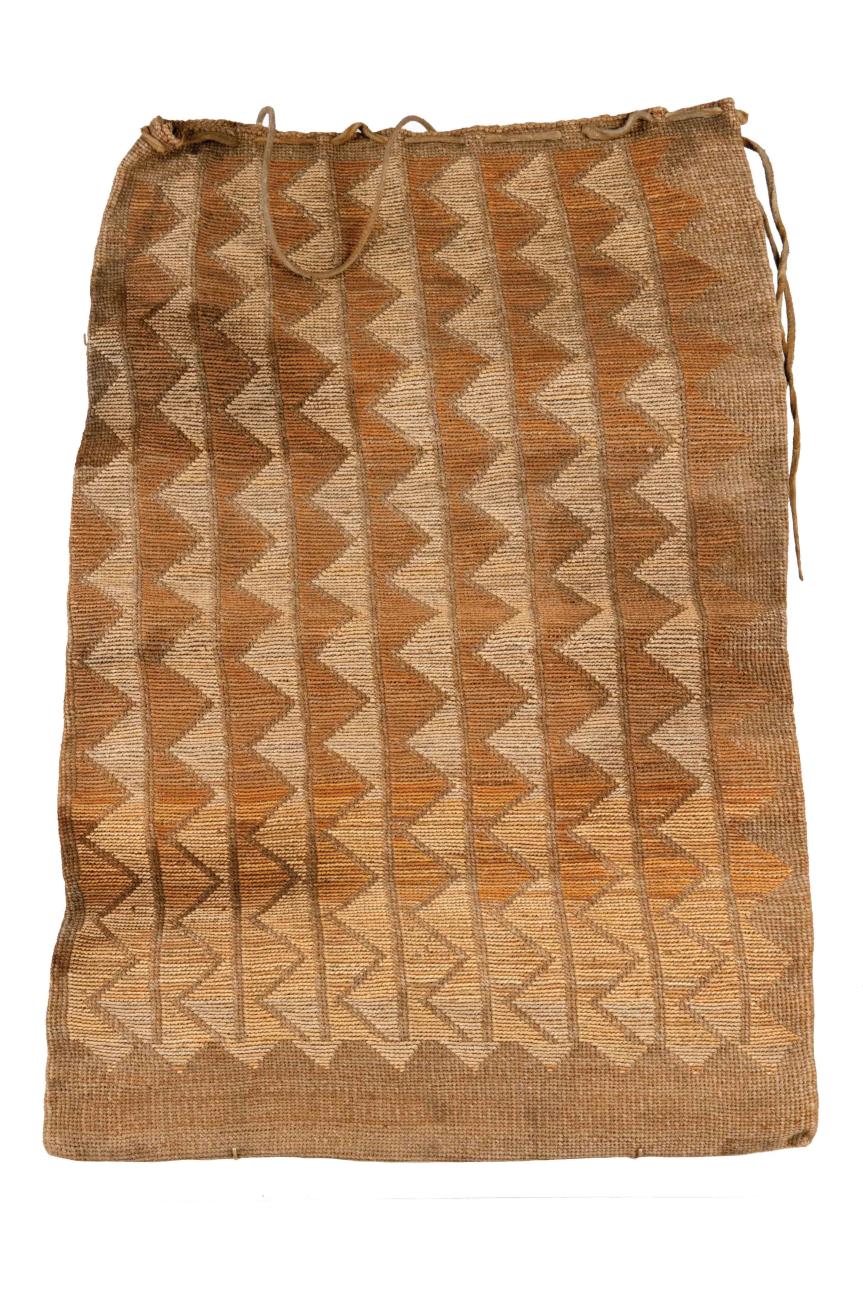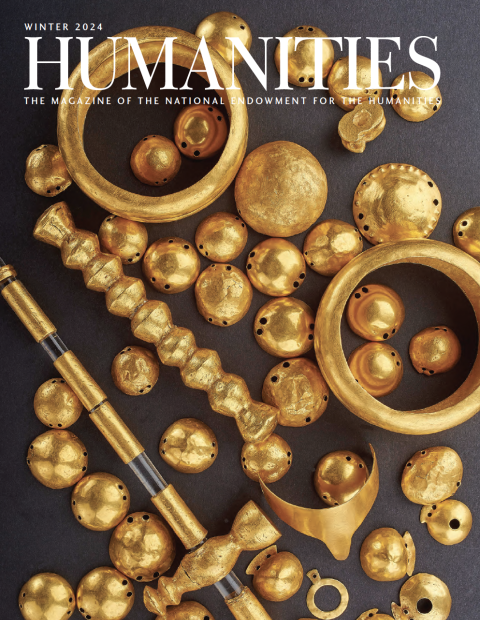Many museums and other cultural institutions hold Native American collections that came to them by donations of those active in colonialism and cultural suppression. For years, I researched the story of how the earliest, most remarkable surviving collection of Nez Perce material culture from Idaho ended up at the Ohio Historical Society before returning to the permanent custody of the Nez Perce Tribe. This was one of many important collections held by distant museums waiting to return home to their creators. But in this case, repatriation was not the end of the story
In 1847, the first missionary to the Nez Perce (Niimíipuu), Henry Spalding, shipped a priceless collection of artifacts from the tribe in Lapwai, Idaho, in two barrels and a letter describing the items to his friend and supporter Dr. Dudley Allen in Kinsman, Ohio. In his letter, Spalding wrote, “Dear Brother, . . . after many promises & a long delay I have started the boxes containing a small collection of articles of Indian manufacture with some specimens of stone &c, all designed for yourself.” The collection survived the long trip: 465 miles west, down the Clearwater, Snake, and Columbia rivers to Fort Vancouver. From there, it traveled across the Pacific to the Sandwich Islands (Hawai‘i), then south around the cape of South America to Boston, followed by an overland journey to Ohio. Spalding packed the barrels with exquisite Nez Perce shirts, dresses, baskets, and horse regalia—some decorated with porcupine quills and others with precious dentalium shells and rare elk teeth.
Donated to Oberlin College in 1893 and transferred to the Ohio Historical Society (OHS) in 1942, the collection languished in storage until Nez Perce National Historic Park curators rediscovered it in 1976. OHS then lent most of the artifacts to the National Park Service at the Nez Perce National Historical Park in Spalding, Idaho. According to Josiah Pinkham, a Nez Perce cultural specialist, the collection embodies “the earliest and greatest centralization of ethnographic objects for the Nez Perce people. You don’t have a collection of this size, this age, anywhere else in the world.”
In 1992, OHS abruptly recalled the collection, but after public pressure and three years of extended negotiations, agreed to sell the articles to the Nez Perce Tribe, but only at their full appraised value of $608,100, with a six-month deadline to pay in full. The tribe formed the Nez Perce Heritage Quest Alliance and mounted a brilliant grassroots fund-raising campaign involving school kids, grunge bands, and thousands of donors. After six months of intense effort, the Nez Perce nearly had enough money to purchase the collection. On May 31, 1996, one day before the deadline imposed by OHS, they reached their goal.
As a librarian at Washington State University, I found the story of the collection and the campaign so compelling that I wrote a dissertation and then a book published in 2021 by WSU Press, Coming Home to Nez Perce Country: The Niimíipuu Campaign to Repatriate Their Exploited Heritage. I collaborated with Nakia Williamson-Cloud, director of the Nez Perce cultural resources program, and other experts to tell the story. In the book, I explored the ethics of acquiring, bartering, owning, and selling Native cultural history and argued for supporting Native American, First Nation, and Indigenous communities in their efforts to restore their cultural heritage artifacts from collectors and museums. These pieces are considered living, breathing objects and are intimately connected to their home region, inspiring tribal members to sustain their cultural traditions. In January, I am joining the Humanities Washington speakers bureau to share this hopeful story of cultural resiliency and making amends for past injustices.
On the 25th anniversary of the repatriation of the collection in 2021, and, coincidentally, as my book was published, the Nez Perce Tribe organized a series of programs that culminated with a renaming ceremony that included a horse parade, drumming, singing, speeches, and invited guests. After careful deliberation, the tribe renamed the Spalding-Allen Collection, as it was then called, to Wetxuuwíitin’ meaning “returned home after a period of captivity.”
Williamson-Cloud said at the event, “The renaming of this collection is a step to reclaiming ownership of one of the most significant ethnographic collections in existence.” The Wetxuuwíitin’ Collection was one of thousands shipped away great distances. It is unusual, however, in that after more than 130 years, most of the objects came back to Nez Perce country. The vast majority of the other collections assembled by government officials, soldiers, or missionaries, have never been returned.
Something else remarkable happened as a result of the ceremony. The tribe invited the Presbytery of the Inland Northwest and the Ohio Historical Society (now called the Ohio History Connection or OHC) to attend. This invitation took OHC officials by surprise. When I spoke with Alex Wesaw, OHC director of tribal relations and an enrolled member of the Pokagon Band of Potawatomi, he said the invitation was the first time he and OHC Chief Executive Officer Burt Logan had heard about the sale of the artifacts to the tribe.
“We asked everyone who we thought might know something about it, and no one knew anything. So it was pretty shocking.”
OHC decided to return $608,100 to the Nez Perce Tribe. On November 23, 2021, Logan, board member Billy Friend, who is chief of the Wyandotte Nation, and Wesaw presented a check to Sam Penney, chairman of the Nez Perce Tribe Executive Committee (Penney also served as chairman 25 years earlier during the repatriation). “We were unanimous,” said Friend. “We felt like we ought to give the money back to them, because it was the right thing to do.”
This represented a dramatic change in OHC over the years. In 1995, a board member told me he thought they “could have done better with the selling price.”
Williamson-Cloud thinks this change came, in part, because tribal people now represent the OHC. He told me they “saw with their own eyes and felt with their own heart what was going on.” Reflecting on the renaming ceremony, he said, “The tel-lik-leen, when we ride around on horses, it’s a way in which we remember and memorialize our past people. And that’s why we wear our best [regalia], those things that were passed down.” Williamson-Cloud continued, “Our language, the land, the resources, these things that we call material culture, they’re all really one thing. In order to make that whole again, all these pieces have to come together.” He added, “Let’s all be clear that Spalding never intended for these items to come back to us. But ultimately, what happened was a testament not only to our resilience, but to other people’s acknowledgment of basic humanity. Although Spalding’s removal of the collection at the time was a hostile action that was never intended to serve our people and our community, it nevertheless ultimately preserved one of the oldest [Native American] collections ever documented. And all his letters added documentation and provenance to something that otherwise would have been totally lost.”






